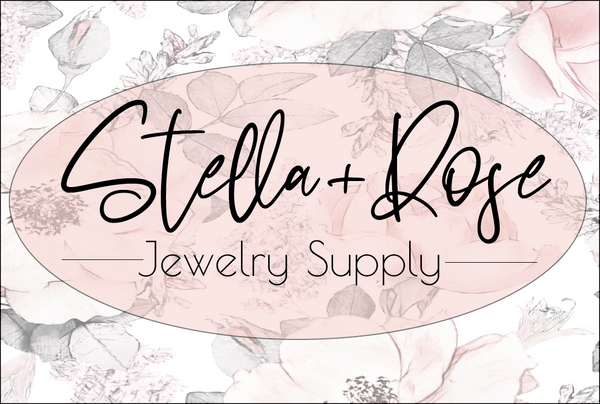What Is Permanent Jewelry? A Complete Guide for Professionals
Permanent jewelry has grown into one of the fastest-expanding services in the jewelry industry, and for good reason. I mean it blends artistry, customization, and emotional connection into a service that keeps clients coming back. For professionals, understanding the process, materials, and client expectations is essential to offering this service successfully.
So, What is Permanent Jewelry
At its core, permanent jewelry is a custom fitted chain, usually in the form of a bracelet, anklet, or necklace, that’s welded together directly on the customer. There’s no clasp!! It’s quick, safe, and adds a client experience that goes beyond standard jewelry sales.
Unlike consumer articles that focus mainly on the sentimental angle, professionals should think about permanent jewelry as both a service and a product line. The fit, material quality, and weld integrity directly affect client satisfaction and repeat business.

Why Clients Choose It (and Why You Should Offer It)
Many clients choose permanent jewelry to mark milestones, anniversaries, graduations, or even bachelorette parties. We’ve had clients have a grandmother, mother, and daughter all come in to get a matching set and it's pretty remarkable to see. Permanent jewelry is an emotional driver that helps in upselling charms or offering group appointment packages. When crafted from 14k gold filled or .925 sterling silver, permanent jewelry can be worn through daily activities
Because every piece is cut and welded to the client’s measurements, it’s inherently more comfortable than standard chain jewelry. No clasp means no shifting or twisting during wear, which customers notice.
The Professional Application Process
-
Consultation – Discuss chain styles, lengths, and any connector/charm options.
-
Sizing – Measure directly on the client to ensure accuracy.
-
Preparation – Position the chain, confirm fit, and secure it with micro-welding equipment.
-
Final Check – Inspect welded item before the client leaves.
Pro Tip: Keep a record of each client’s chain type and length in case they return for matching pieces or repairs.
Considerations for Your Business
-
Removal – Clients may need to remove jewelry for MRIs or medical procedures. Keep a quick-removal method in your kit and offer re-welding as a follow-up service.
-
Allergies – Always confirm material composition with suppliers and communicate it clearly to clients.
-
Staff Training – Proper weld technique and customer handling are essential. Poor welds can lead to premature breakage and lost business.

Types of Permanent Jewelry You Can Offer
While bracelets are the most common, you can expand your menu with:
-
Anklets
-
Necklaces
-
Permanent rings
-
Bracelets
-
Seasonal charm collections
Pricing & Profit Margins
Pricing varies based on metal type, chain weight, and local market rates. For example:
- Sterling Silver – Starting around $65 retail
- 14k Gold Filled - Starting around $100 retail
-
Charms- Add-on pricing based on size and material
Your cost will depend on wholesale chain pricing, welding setup investment, and labor time. Stella Rose Jewelry Supply offers industry-standard chains at competitive bulk pricing so you can maintain healthy margins while delivering quality.
Why Source from Stella Rose Jewelry Supply
As a professional, your materials need to perform in strength and client satisfaction. Our chains are built permanent jewelry applications, with consistent quality and finish.
Conclusion
So hopefully you now understand what permanent jewelry is and how to use it in your business. We'll update you guys if we find out any more new information, but hopefully this has helped you guys.
